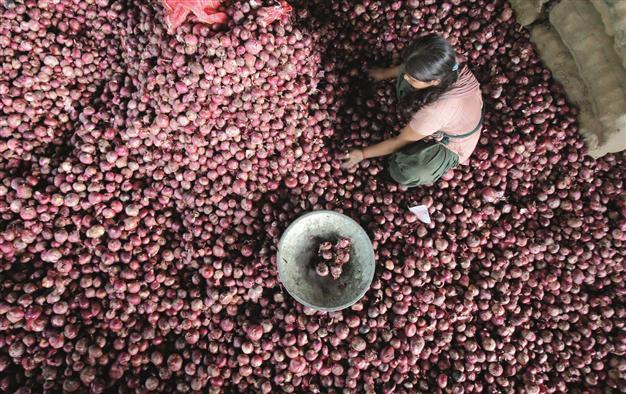Food inflation to slow on higher crop: International bodies
ROME - Reuters

Crop prices would drop for one or two more years
before stabilizing and continue balancing in 2014-2023 period, the OECD and FAO said.
The outlook for world food inflation looks lower and more stable as agricultural commodity prices settle over the next decade following years of volatility, the U.N.’s Food and Agriculture Organisation (FAO) and the OECD said July 11.
Primary agricultural markets have experienced a “roller coaster” over the last decade, marked by a record high in 2008 and global recession in 2009, the agencies said.
“At the start of the [2014-2023]outlook period, food price inflation at the consumer level appears lower and more stable for all regions than it has been in the turbulent years following the price crisis,” the OECD and FAO said.
Agricultural markets remained turbulent, after near-record prices in 2012 prompted increased production which led to surpluses for wheat, rice, sugar and vegetable meal.
The outlook is therefore starting from a “correction period” which is expected to persist for one or two more years.
The agencies said the projections were based on assumptions about government policies, markets, weather and macroeconomics, but some areas of uncertainty which were particularly difficult to predict, such as animal diseases, were not included.
Bad weather and concerns over export restrictions were blamed for the 2012 price surge, which raised concerns of a return to conditions that sparked violent protests in countries including Egypt, Cameroon and Haiti in 2007/8.
The OECD and FAO said crop prices would drop for one or two more years before stabilizing at levels above those seen before 2008, but below recent peaks.
Wheat prices are projected to slide about 1 percent a year in real terms for the next 10 years, staying around 13 percent below the previous decade’s average.
Global agricultural production and consumption will rise in the next decade, as wealthier people in emerging countries eat more protein, but the growth rate will be slower than in the previous 10 years, the agencies said.
Demand to push pricesStrong demand for meat from an expanding middle class in the Middle East and Asia will keep meat prices from falling as much as feed grain prices, and meat prices in real terms will average higher than the previous decade after general price inflation.
In line with lower growth in production and consumption, trade will rise more slowly in the next decade.
Grains and meat trade are set to advance 1.5 percent and 2.5 percent in volume terms each year, half the rates of the previous decade.
